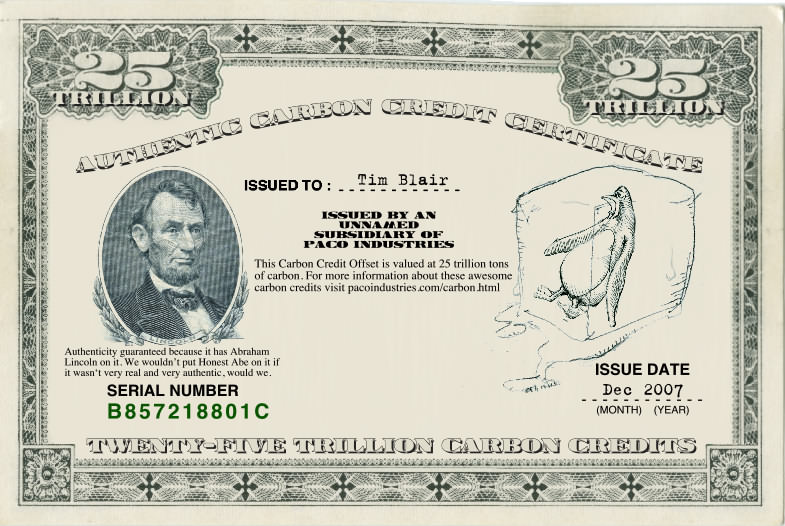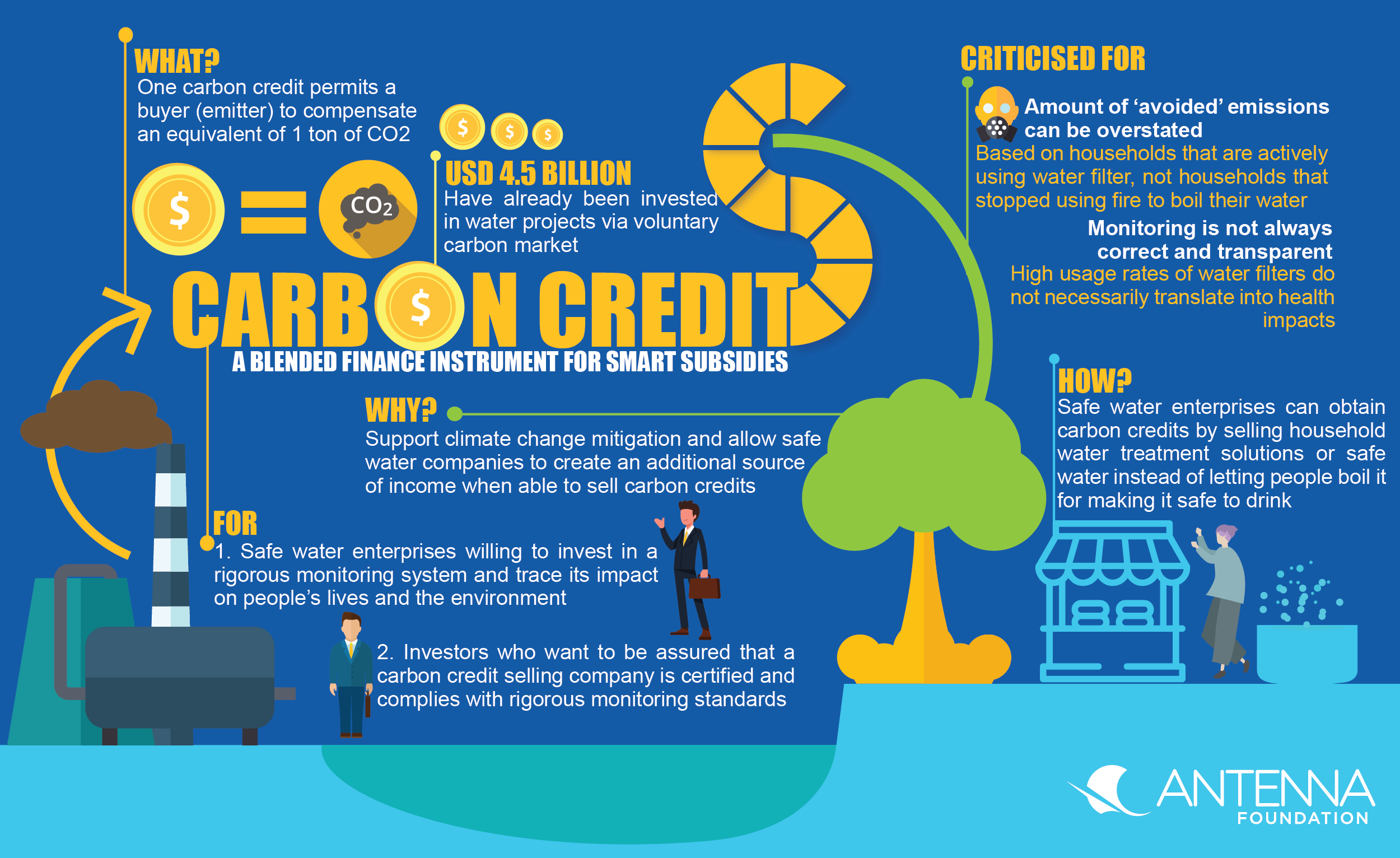

The only carbon credits you should consider buying are carbon offsets verified under a reputable standard.

Image source Choose verified carbon credits There are registered brokers and consultancies ( like us) who can help you with that process. It is critical you know that you are genuinely supporting projects that reduce or remove emissions, authentically support communities (where relevant) and that there is no potential for reputational damage to your brand.

When purchasing carbon credits, if you want to go down the international route for economic reasons, it’s a must to get the project vetted first to ensure you are getting what you pay for to offset your emissions and mitigate reputational risks. With ACCUs recently reaching a record high of $ 57.50 on 24 January 2022. The reputational risk profile very much depends on the specific carbon offset project in question.Īs demand for carbon credits continues to rise, so does the price. Even some methodologies under the Australian regime are being debated extensively. Investigations have also uncovered projects that generate carbon credits that have little or no impact on the climate at all. Recently a large Australian financial institution was found to have purchased carbon credits provided by a tobacco factory with questionable labour practices. Many of the international credits are cheaper than buying Australian carbon credits, but there can be an issue with the integrity of these projects and some methodologies are frequently linked to environmental or social issues. Where to buy carbon credits and what to look forĪs mentioned, there are a huge range of carbon credit projects around the world, but not all offset projects are created equal. When the emissions can’t be reduced to achieve that balance, carbon credits are purchased to ‘offset’ the remaining emissions down to zero. This might include such actions as changing energy use to renewables, installing LED lighting, reducing and recycling waste and encouraging the use of public transport or eclectic vehicles for their workforce. The process to go carbon neutral involves an entity measuring their greenhouse gas (GHG) emissions (their carbon footprint) and then developing an emissions reduction strategy. Carbon neutral refers to achieving an overall balance between carbon emissions produced – and carbon emissions taken out of the atmosphere. Why use carbon credits?Ĭarbon credits are mostly used when an entity (for example a business or a local council) has compliance obligations or wants to go carbon neutral. One ACCU purchased, represents one tonne of carbon dioxide equivalent (tCO2-e) stored or avoided by a project. In Australia, the official government carbon credits are called Australian Carbon Credit Units (ACCUs). These span such initiatives as reforestation of forests or wetlands, clean energy from renewables, storing carbon in soil, and savannah fire management.

There are many different types of carbon credit projects around the world. What are carbon credits?Ĭarbon credits, or offset units (or carbon offsets) are created by projects that avoid, reduce, remove or capture greenhouse gas (GHG) emissions from the atmosphere.
#Buying carbon credits how to#
So what exactly are carbon credits, why use them, how to buy carbon credits and what to look out for when you do. With so much momentum from companies in the past year transitioning to carbon neutral, (Australia’s Climate Active certification alone has seen a 100% increase year on year) there is a lot of discussion around carbon credits – also referred to as carbon offsets.


 0 kommentar(er)
0 kommentar(er)
